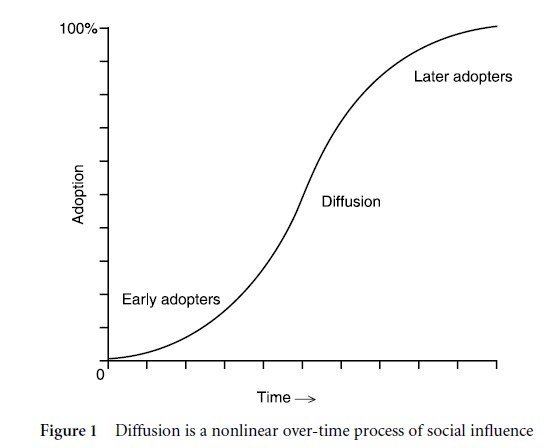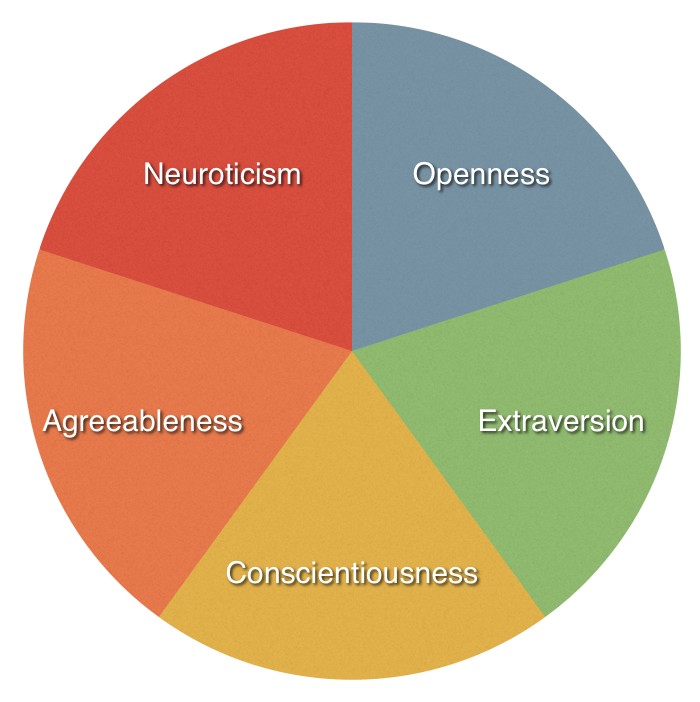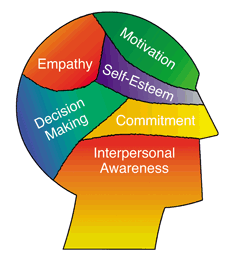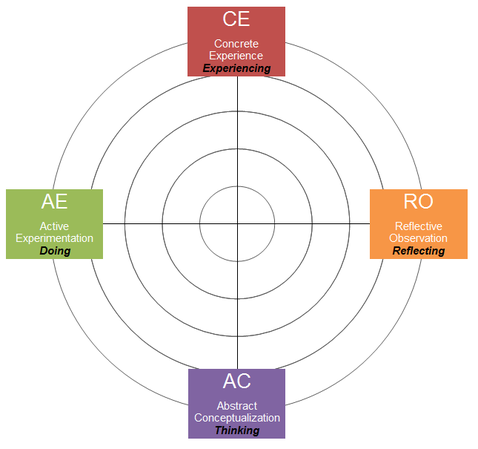Primatology
Primatology is the study of nonhuman primates (NHP) or, as sometimes identified, the alloprimates, meaning primates other than us. The...
Read More
Prosimians
Often used as models for early primate anatomy and behavior, prosimians include a rich diversity of species exhibiting a complex...
Read More
Protolanguage
Protolanguage is a term from historical linguistics that refers to the hypothetical, reconstructed ancestor from which a set of known...
Read More
Transcultural Psychiatry
Psychiatry is the branch of medicine that is concerned with the study, prevention, and treatment of mental disorder (aka mental...
Read More
Psychology and Genetics
Psychology and socialization research examine the workings of the human mind and human behavior; genetics, as a branch of biology,...
Read More
Pu’uhonua o Honaunau
Pu’uhonua o Honaunau National Historical Park is a culturally and historically significant site located on the West Coast of the...
Read More
Qing, the Last Dynasty of China
The Jurchens (“Nuzhen” in Chinese pinyin romanization) were a Tungusic people who inhabited parts of northeast China and North Korea....
Read More
A. R. Radcliffe-Brown
Alfred Reginald Radcliffe-Brown was a British social anthropologist who was responsible for developing the school of thought known as structural-functionalism....
Read More
Sex Offender Typologies
Sex offenders are a heterogeneous group. While there is no standardized system for the taxonomy of sex offenders, they are...
Read More
Sexual Harassment
This research paper discusses some of the more important variables such as sex of the observer, complainant, and alleged harasser;...
Read More
Jury Evaluation of Sexual Harassment
Research examining juror decisions in sexual harassment has generally found a relationship between juror gender and liability decisions, in that...
Read More
Sexual Violence Risk-20 (SVR-20)
The Sexual Violence Risk-20 (SVR-20) is a set of structured professional judgment guidelines for conducting sexual violence risk assessments in...
Read More
Short-Term Assessment of Risk and Treatability (START)
The Short-Term Assessment of Risk and Treatability (START) is a concise clinical guide for the dynamic assessment of short-term (i.e.,...
Read More
Simultaneous and Sequential Lineup Presentation
Simultaneous and sequential presentation refers to two styles of presenting a police lineup to witnesses of a crime. Research shows...
Read More
Source Monitoring and Eyewitness Memory
The source monitoring (SM) framework is an evolving set of ideas developed by Marcia Johnson and her collaborators regarding the...
Read More
Spousal Assault Risk Assessment (SARA)
Given the increasing number of spousal assaulters coming before the justice system, there is a growing need for risk assessment...
Read More
STABLE-2007 and ACUTE-2007 Instruments
Sexual offenders do great societal damage that causes justifiable public concern. Over the past 10 years, psychology has developed the...
Read More
Steven H. Chaffee
Steven H. Chaffee (1935 –2001) was an internationally recognized mass communication scholar who had a crucial role in developing and...
Read More
Credibility Effects
The importance of credibility in human communication had already been recognized long before modern communication research emerged as a scientific...
Read More
Cumulative Media Effects
The mass media can be the major influence on the adoption of an idea after the general public begins to...
Read More
Desensitization
Media desensitization is a reduction in emotional, physiological, cognitive, and/or behavioral reactivity resulting from extensive media exposure. Communication researchers have...
Read More
Diffusion of Information and Innovation
The Diffusion Paradigm Diffusion is a multifaceted perspective about social change in which people, innovations, and the media environment affect...
Read More
Emotional Arousal Theory
Arousal is commonly construed as the experience of restlessness, excitation, and agitation. It manifests itself in heightened overt and covert...
Read More
Media Effects on Emotions
Emotions are commonly understood as a complex of interactive entities encompassing subjective and objective factors and consisting of affective, cognitive,...
Read More
Effects of Entertainment
One of the dominant functions of modern media is entertainment (Zillmann & Vorderer 2000). Moreover, entertainment offerings presented by virtually...
Read More
Fear Induction through Media Content
The capacity for media messages to induce fear has been the object of scholarly inquiry since at least the 1930s...
Read More
Leon Festinger
Leon Festinger was one of the most important figures in modern psychology and contributed several theories that are still important...
Read More
Academic Achievement
Academic achievement is axiomatic to career development processes. In people’s lives, academic choices, barriers, or opportunities occur early and frequently,...
Read More
Big Five Factors of Personality
People differ in many respects, some important, some trivial. Personality traits are among the individual-difference characteristics that are important and...
Read More
Emotional Intelligence
Emotional intelligence (EI) is a concept that has caught the attention of researchers, practitioners, and the general public over the...
Read More
Expressed, Manifest, Tested, and Inventoried Interests
No universally accepted conceptual definition of interests has emerged in vocational psychology. As a result, interests often are defined as...
Read More
Intelligence, Schooling, and Occupational Success
Research relating educational attainment to earnings has consistently found dramatic benefits for employees with increased schooling. Over their lifetimes, high...
Read More
Learning Styles
The term learning styles refers to the preferences that an individual has regarding the organization of information. How people actually...
Read More
Leisure Interests
Generally, the study of leisure interests, unlike the decades of work with vocational interests, has been confounded by the way...
Read More
Pragmatism
Pragmatism is a philosophical school of American origin, generally and internationally acknowledged as a genuine American contribution to the world...
Read More
Pottery and Ceramics
Pottery is clay that has been manipulated into a particular form and heated to harden and maintain its shape and...
Read More
Prehistory
The earliest period of world human history, which is often regarded also as constituent part of cultural and/or social anthropology,...
Read More
Primate Behavioral Ecology
Taxonomy Primates belong to the order Primates. Members of this order include prosimians, monkeys, apes, and humans. The primates are...
Read More
Primate Locomotion
Primate locomotor habits can be divided into several major categories, each characterized by different patterns of limb use and body...
Read More
Primate Morphology and Evolution
Taxonomy Primates belong to the order primates. Members of this order include prosimians, monkeys, apes, and humans. The primates are...
Read More
Primate Extinction
Several causative factors contribute to the drastic reduction of primate populations in the world. The major contributors are the destruction...
Read More
Primate Taxonomy
The Animal Kingdom is divided into 25 to 30 major groups called phyla (singular, phylum): the Arthropoda (insects and spiders),...
Read More
Quadrupedalism Primates
The study of locomotor adaptations is fundamental to the study of primate evolution and ecology. The primates are particularly interesting...
Read More

















































